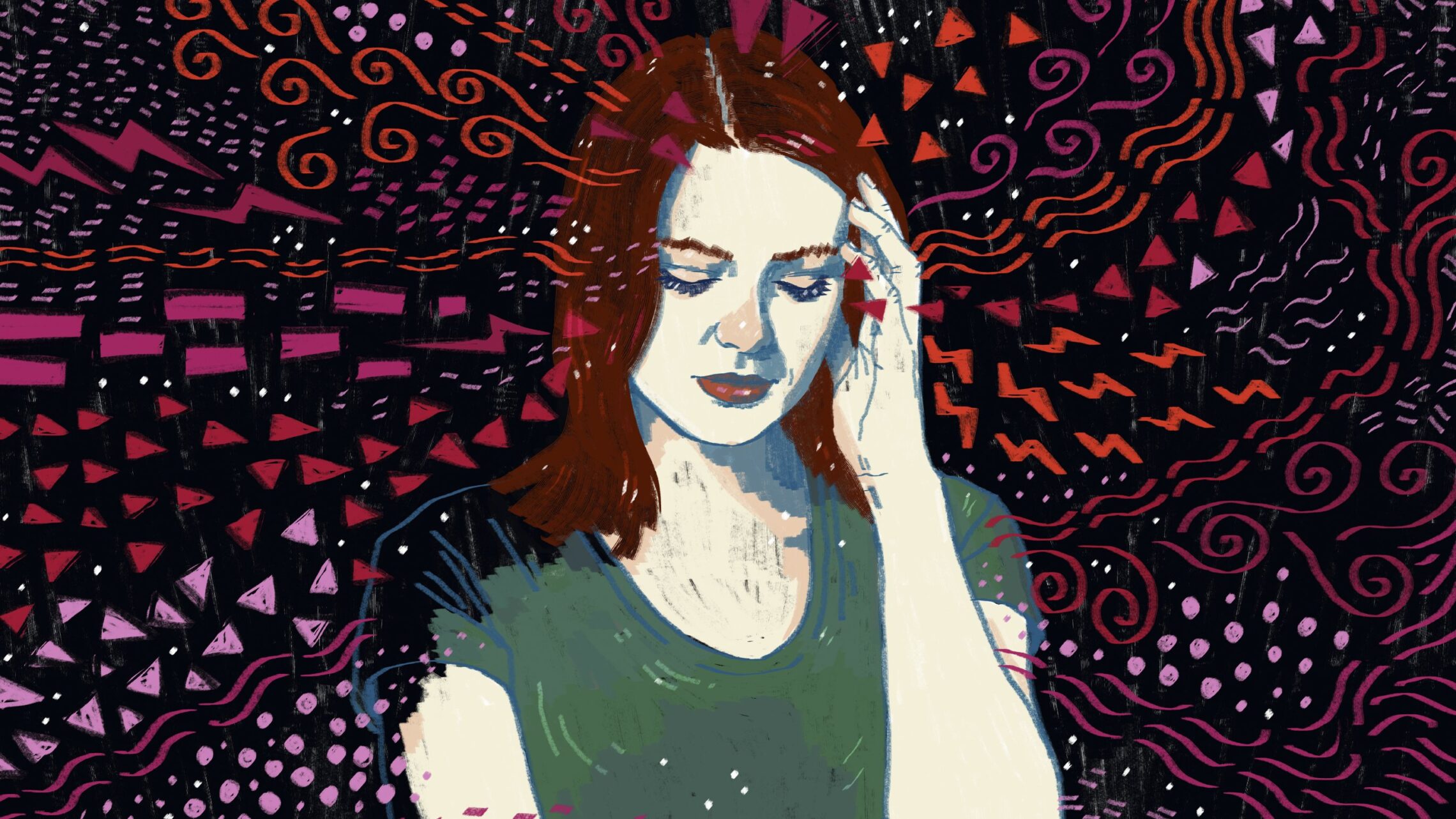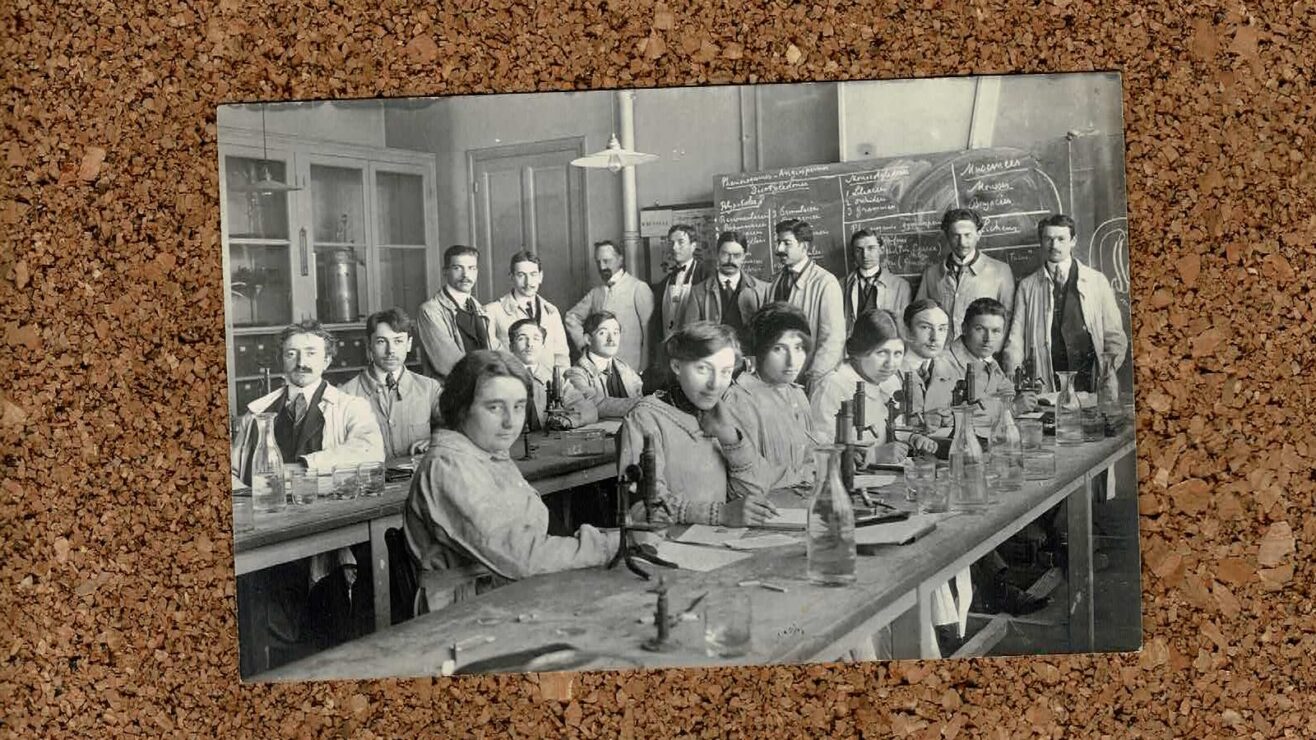There are plenty of universities that are thinking about their self-cert policies on extensions right now – as “high academic standards” cause some to consider dialling back on the shift towards trusting students that we saw in the pandemic.
Disability is also currently a hot topic in higher education, and there’s been some research assessing how chronic illness impacts students’ experiences and work to explore how we can better support them.
But little of this covers the explicitly gendered nature of this issue.
Seventy per cent of chronic pain sufferers are female – and there is a huge lack of research and treatment for conditions that disproportionately affect women.
With women being fifty per cent less likely to be prescribed painkillers after surgery than men, it is unsurprising that many feel unheard and misunderstood by their doctors – and are left in chronic pain without treatment.
This means that, when discussing disability support in higher education, chronic illness adds an inherently gendered dimension to the debate.
Mind the gap
It was one of these conditions that inspired me to start the University of Nottingham’s Gender Health Gap report.
As a student, I was suffering from between eight and twelve headache migraine days per month, which had affected me from the onset of puberty.
I spent my first and second years at university trying to find a solution to the problem. I trialed a host of different preventative medications in various different doses, as well as acupuncture, crystals, and a cycle of CBT – all to no avail.
It turns out that, along with chronic fatigue, migraine is one of the least researched conditions in commensurate with the number of and impact on its sufferers.
It wasn’t until a point in my third year, exhausted and frustrated, that I decided to try and access a support plan through the university disability support services. Once in place, the support plan transformed my university experience. I was able to take longer on assessments to “cancel out” the large amounts of time that I spent unable to leave the house or look at a computer screen.
Yet something was bothering me. If the reasonable adjustment had had such a huge positive impact on my ability to complete my degree, why had it taken so long for it to occur to me that I might need one?
Raising awareness
Whether it was because I hadn’t accepted the synonymity between a disabling illness and a disability, or because I had internalised the expectation that we, as women, should shrug off our pain, I don’t know. But, for whatever reason, for the first two years of my degree, despite having two or three headache days per week, it hadn’t even occurred to me that I might be eligible for some form of support.
So, through a few conversations with my female peers about their similar experiences with chronic pain and our collective anger at the fact that we had sat in silent suffering for so long, the Gender Health Gap campaign was born.
A survey was sent out to as many staff and students at the university as we could reach and received sixty-nine valid responses. Mostly from staff, but many from students, too.
Of course, many of the stories shared focussed on issues of bias within healthcare, women not being listened to or believed, and frustration with the lack of research and treatment. However, many spoke specifically of the issues they’ve faced with a lack of support from the university.
The quadruple shift
As feminists, we hear a lot about “the triple shift”. This refers to the idea that “modern women” often work full-time jobs, then when they return home they still have to do the majority of domestic labour, including housework and chores while also carrying the emotional load of looking after a family.
There was a recurring theme in the responses that, for women with chronic illnesses, this becomes ‘the quadruple shift’. When time is lost to illness, respondents felt that they had to ‘make up for it’ at work, which subsequently took away from family time.
Many students and staff commented on the idea that self-care often gets deprioritsed by both individuals and the institution, which in turn made conditions worse, and reported an increase in stress because of it.
Some found that managers and personal tutors were unsympathetic, or awkward when discussing reproductive health and conditions like endometriosis or polycystic ovarian syndrome, and those who did show understanding often did not consistently follow up or check-in.
Or, staff who wanted to check in struggled to know how to support students with these conditions, which is unsurprising given how underresearched and “hidden” these conditions often are.
Reasonable adjustments
Many of the responses from students stressed the inadequacies of reasonable adjustments provided by the university, something student leaders have spoken about on the site before.
There were consistent complaints of lack of follow-up from the disability support services and students felt that once a support plan was granted they were left on their own.
Long waits for the counselling service were also commented on regularly. They reported that they often had to wait until after the initial deadline to hear if their extenuating circumstance request had been approved – ironic when a large proportion of these requests are for mental health reasons or for conditions that are worsened by stress.
They also pointed out that for those with relapsing and remitting illnesses, the offer of resits is stressful – for example, if I missed an exam due to a migraine, there’s no guarantee that it wouldn’t happen again on the day of the resit. In this case, an offer of alternative assessment would allow students to manage their disability and workload in way that works for them.
The need to provide evidence to gain access to a support plan or extenuating circumstances extension proved problematic for female students who were awaiting diagnosis or were not being listened to by their doctors.
For instance, endometriosis takes an average of 7.5 years to get diagnosed as doctors often brush it off as “just period pain”. A student going through this process, with no self-certification system at the University of Nottingham, is left without support.
Beyond the report
Since the report was released, it has been presented to university committees and working groups that are moving to tackle the issues brought to light. However, the problems in Nottingham are only indicative of problems elsewhere.
The NHS made training about women’s health mandatory for all doctors in England to help tackle the gender health gap, and universities must follow suit, particularly those who are training future generations of clinicians.
Gender should be at the heart of the debate around disability support in higher education. Until better support and duty of care are adopted across the sector, women will continue to be left in silent suffering.














Why frame this as a gender issue? You say 70% of chronic pain sufferers are female. Estimates vary, but one estimate says 15.5 million people in England alone suffer from chronic pain. This would mean 4.65 million of these sufferers are male. That’s almost 5 million men just in England who in a great number of cases are facing very similar challenges to similarly affected women, facing many of the same health conditions such as migraine. Surely we are stronger together fighting for change?
I think you allude to a far more interesting thought in this piece that, unfortunately, is left behind: how does a non-binary understanding of gender change our understanding of the experiences of disabled folks? What this piece does is start a journey to understand an intersection of disability and gender, but forgets to separate gender categories from bodies. I’d be curious to see how you consider femininity instead of womanhood unseparated from female bodies to impact disability!
Surely the important issues in this piece relate to the protected characteristic of sex, not the unprotected characteristic of gender?